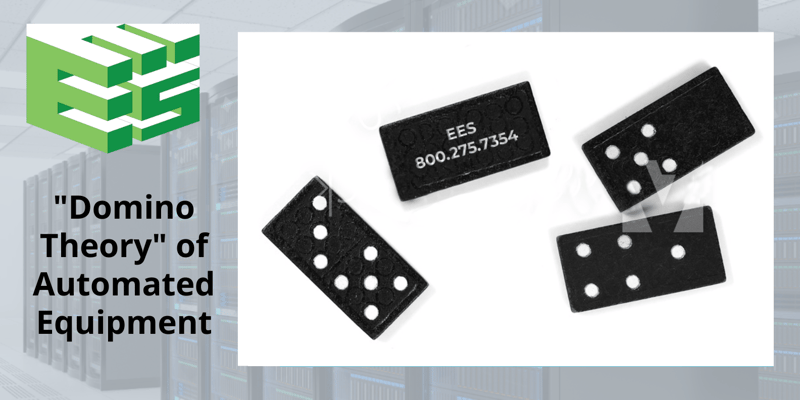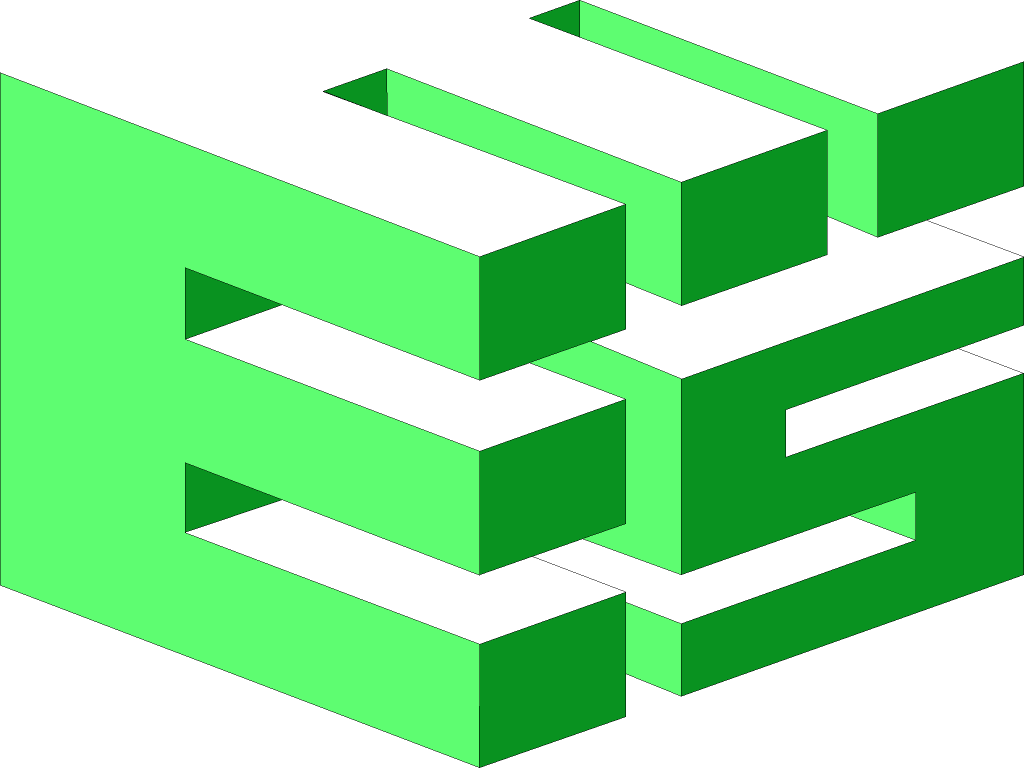
Implementing the reliable control of a Building Management System (BMS) optimized for energy efficient, environmentally friendly infrastructure requires the coordination and connection of all electrical and mechanical components. Whether we are working with a pharmaceutical client on the control of the critical environment of a clean room or working on a complex building management system of a New York City high-rise, EES has a unique methodology to make sure the reliability of the system is nearly fail-safe.
Let us explain; at EES, when we meet new clients, we are often asked what is our overriding philosophy for designing control systems for plants. The short answer is that we use industrial-quality hardware including sensors that give us real-time information to make smart operating decisions.
We use inputs that include:
- Time of day
- Weather (dry bulb, wet bulb, relative humidity)
- Process requirements
- Indoor temperature and humidity
- Building static pressure
- And more
We also take into consideration the number of machines and the current state of all valves – whether they are running, in a stand-by condition, or down for maintenance. We incorporate this large volume of information into our basic process software platform and then design a system unique to each facility.
This is simply explained by what we call the EES “Domino Theory.” Some of you may remember the magician on Johnny Carson’s Tonight Show, Bob Speca, who would line up dominoes, tip over one, and the rest would set up a chain reaction and topple. If you know YouTube better than you know Johnny Carson, watch the trick here.
An industrial control system bears a strong resemblance to a domino chain reaction. After an initial system input (pushing over the first domino), a cascade of events needs to occur to complete the industrial process (the remaining dominoes fall). But what happens if there is an interruption in the domino chain? The rest of the dominoes remain standing. In a plant, this could spell financial disaster. Normally, when one “domino” in the automated system fails to fall (due to equipment failure, input fails to make or unmake, etc.), this causes the automation process to stop and fail the system.
The EES “Domino Theory” has a backup plan.
EES has a proprietary methodology we call PROCOS. The PROCOS acronym stands for PROgrammable Chiller Optimization System. We design all control systems to check for and recognize a system failure (a “domino” not falling) and initiate the backup system to work around the problem and keep the process going. After a failure, the system also triggers an alarm to inform the operator of the problem and what must be done to get the situation under control.
Every control system EES completes has been designed and programmed with backup routines for just such scenarios, including those of critical infrastructure such as the Amtrak/Brookfield Overbuild site in New York City. In this project, open Amtrak train rails were enclosed in a tunnel, creating a new buildable area above. Enclosing a transportation corridor into a tunnel requires ventilation control systems with layers of protection and redundancy. The project design and installation went smoothly and EES has since completed additional similar programs.
To find out more about EES or to discuss a project, please CONTACT US.

